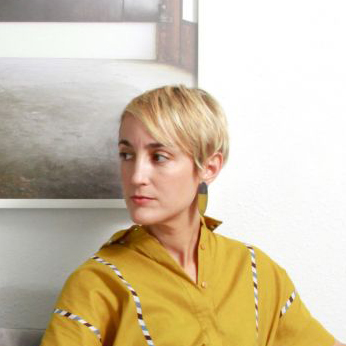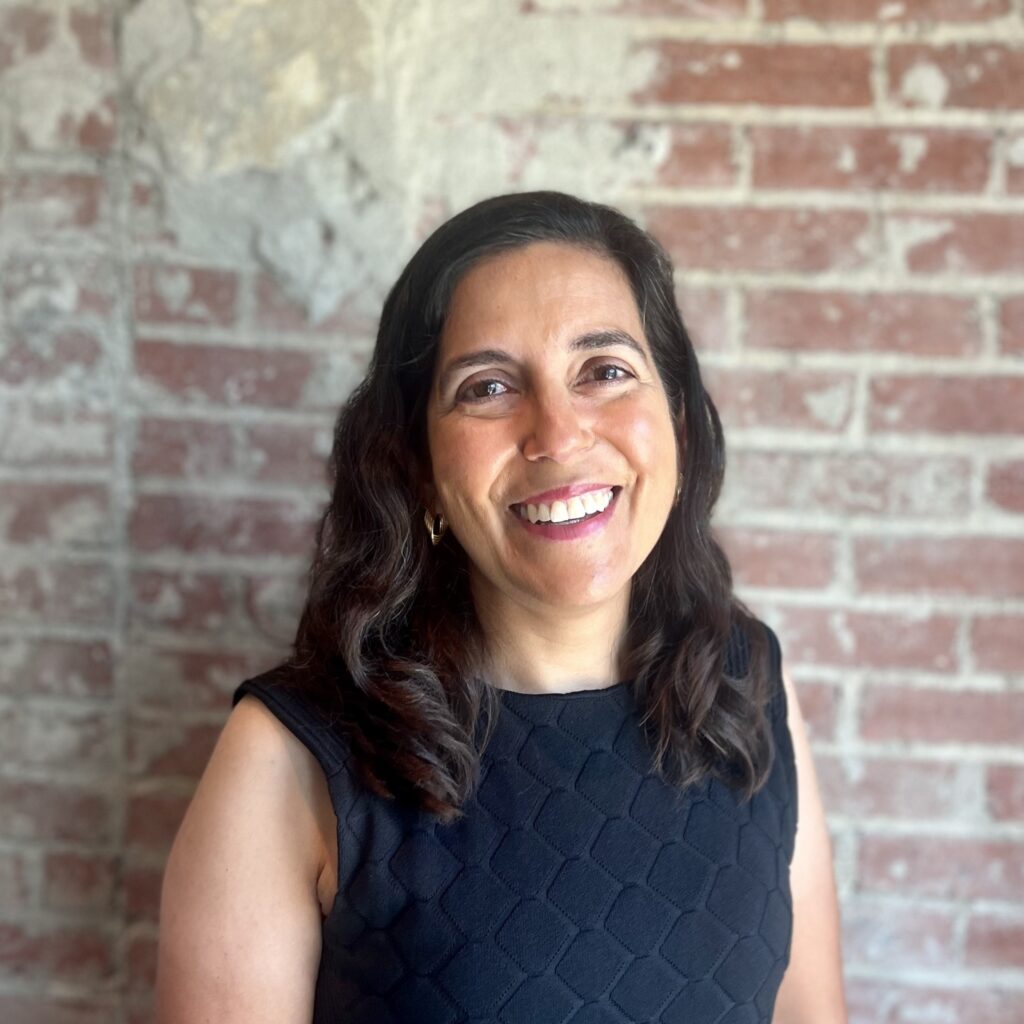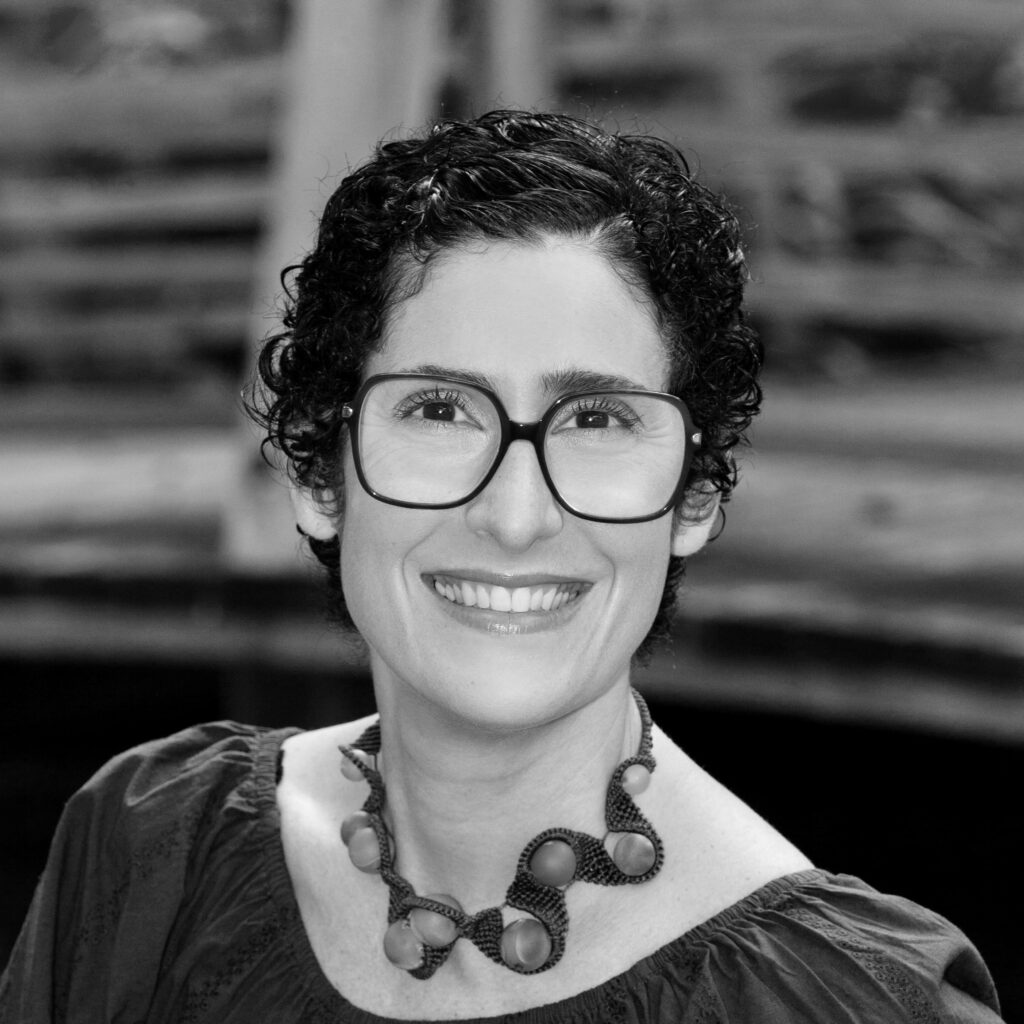The Health Museum hosted an insightful conversation with Sarah Sudhoff, artist of 77 Minutes, alongside psychologist Cristy Gamez, PhD. Together, they explored the profound role of art in processing grief, archiving stories, and creating spaces for reflection and recovery. The conversation was moderated by Rosa Ana Orlando, curator and consultant.
Q: Sarah, please tell us about yourself and how this exhibition came to be.

Sarah Sudhoff (SS): I’ve been a photographer for about 20 years, with a background in Photojournalism. I was also a photo editor from 2002 to 2004. My initial educational training in journalism was giving voice to the voiceless and representing the communities and experiences of others that didn’t have an opportunity to speak for themselves. So, I felt a deep calling to be the voice as a photographer and grew to be a community advocate.
In 2022, I started Not A Drill, from which the 77 Minutes exhibition is a direct extension of that project. I was an artist-in-residence at McColl Center in Charlotte, NC. As soon as I arrived, my studio manager told me there was a shooting in Texas. I asked, “Where?” They said, “Uvalde.” And then I said, “How many?” Soon, I found out it was the children at Robb Elementary in Uvalde.
After that, I began to investigate what a project about gun violence looks like, as a former photojournalist, a practicing artist, and a mother, who does not know anyone in the Uvalde situation but feels so connected to it. It took me a while to figure out where I could enter the conversation. Not A Drill turned out to be red emergency blankets. I screen-printed the stars and turned them into thin veils of protection. It was supposed to mirror the American flag, the symbol of something that is supposed to protect us, but is not.
Vigil for the 21 was installed in 2024 at grayDUCK Gallery in Austin, in honor of the Uvalde one-year anniversary. The flags were later torn and tattered when a storm came through. They were weathered and continued to evolve, which for me, is like an ongoing memorial—a living and breathing memorial, that will eventually disappear because they’re falling apart.
Q: How did you go from Not A Drill to 77 Minutes?

SS: Interestingly, Lives Robbed—an organization formed by the families of the children murdered at Robb Elementary—had been watching what I was doing. In May of 2024, they reached out to me about an exhibition, and they said, “We want you to photograph the shoes of our children…who didn’t make it”. And I said, “Okay.”
As you can see in this exhibition, some families only received one shoe; some families did not get any shoes back. If you see a photograph of only one shoe, it’s because that’s all they got back. Only 13 families participated. Some families chose not to participate because they didn’t have any shoes to participate. I had given some ideas of how they could still participate, but they chose not to.
Q: Can you tell us about your choice of medium for both the shoes and the family portraits?
SS: I kept the shoe photographs in color because I wanted to honor these children, whose lives were cut short at 9, 10, and 11. I wanted to celebrate their young lives and their individuality. Give each of them a story, a trajectory, and a journey.
When I shot the shoes as colored photographs, I saw them and their lifestyles through their shoes. I asked each family if I could touch the shoes, and I photographed them as reverently as I could. I wanted the audience to confront the shoes directly, to see the stains, to see how the photographs are rigidly framed and mounted, because, unfortunately, that was the end of these children’s stories.
I printed the family photographs on sheer fabric. I loved the way it moved, its translucency and vulnerability. I wanted you, as the audience, to see your impact on them, to see photographs of other families through them, even to see the framed shoes through the portraits.


Q: What is a good way to carry out support? Or to start a conversation?
Cristy Gamez (CG): So, trauma will touch seven out of ten of us in our lifetime in some way. That could be an accident, it could be violence of a different kind. In the end, this conversation is everyone’s conversation. It’s not just for the impacted families or the impacted community. It could be your neighbor; it could be somebody sitting next to you. When I think about trauma, the topic can feel heavy. So, what do we do?

Well, one, we should realize it’s normal. It’s normal to feel distressed. It’s normal to cry, to lose sleep, not have an appetite, or have trouble concentrating after something traumatic happens. Stress is a normal reaction to an abnormal situation.
Q: How do you help somebody who’s not asking for help?
CG: Just be you—just care, keep a finger on the pulse of that person as you can. If the process becomes heavy, then make that little suggestion: Do you think you want to talk to somebody? How much do you want to talk about? And you just keep having the conversation, keep being that ear, that shoulder, or that presence with somebody in need.
Everybody has been through something hard. It doesn’t have to be a big “T” trauma; it was just hard. And those things help us get through big “T” trauma. So just open your door to the people around you. And then somebody will probably open the door to you.
Q: Have you made connections with any of the families photographed?

SS: There are three families with whom I have a strong relationship. A lot of them keep things to themselves; some started nonprofits to be a part of a larger community; some formed initiatives that their child was interested in. Some families didn’t want to interact at all. In the end, the project accomplished a place to gather, to communicate, and to care as a community.
Q: What did you do to further the conversation initiated by this exhibition, and get into action?
SS: I received a lot of invitations from legislators who were part of the panel discussion at the opening in Austin: advocates, journalists, government officials, etc. I am also a volunteer at Moms Demand Action. I go to the Texas Capitol and march. As an artist, my role is just to create a space and give a voice to the voiceless and continue to engage in conversations like this.

Sarah Sudhoff
Artist & Community Advocate
Sarah Sudhoff is a Cuban-American artist born in Honolulu, Hawaii, and based in Houston, Texas. She uses data, performances, photography, prints, sound, and video to unpack the gun violence epidemic’s ongoing sociocultural impacts, the psychological landscapes of caregiving and motherhood, sexuality and gender-based violence, and heritage and transgenerational memory.

Cristy Gamez, PhD
Licensed Psychologist
Dr. Cristy Gamez is a licensed psychologist in private practice specializing in trauma. Over her 25-year career, she has blended evidence-based practice with talk therapy to serve those who have experienced various forms of trauma and the mental health conditions that can follow. Supporting individuals in creating a life based on what is important and meaningful to them is a central tenet of her work.

Rosa Ana Orlando
Art Curator & Consultant
Rosa Ana Orlando is a museum specialist and independent curator with over 15 years of experience in art collection management, exhibition planning, and arts education. She has led diverse curatorial projects, taught college-level art appreciation, and served as a docent across art, history, and children’s museums. Originally from Caracas, Venezuela, she holds a Master of Liberal Arts and a Master of Arts in Museum Studies from Johns Hopkins University. Rosa Ana is known for her thoughtful approach and belief in the transformative power of art.